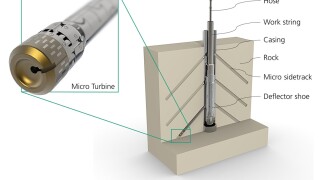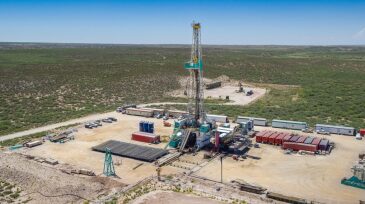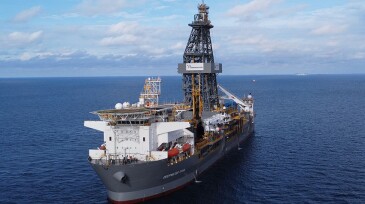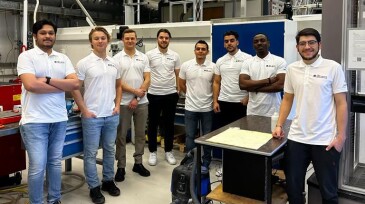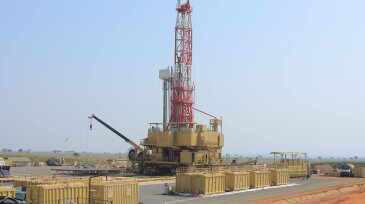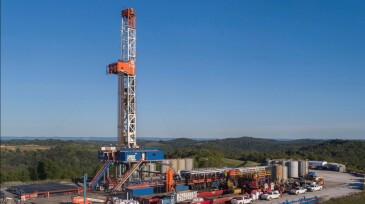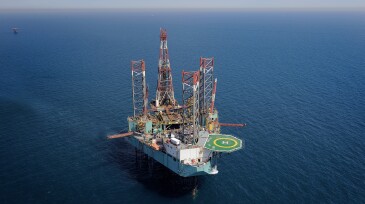Drilling
The Federal Reserve Bank of Dallas’ fourth-quarter energy survey shows that oil prices and geopolitical uncertainty are curbing enthusiasm heading into the new year.
A field test study examines micro turbine drilling in a clay formation that allows steel casing and formation to be drilled in a single operation.
The discovery in the Kutei Basin offshore Indonesia is being considered for fast-track development.
-
The Oklahoma independent agreed to acquire the assets of three private companies in its quest to scale up in the Permian's Delaware Basin.
-
The heated global floating rig market has day rates for high-end units climbing over a half million dollars and toward a newbuild cycle that will (likely) never come.
-
The winners of this year’s Drillbotics competition are teams from the University of Stavanger and Clausthal University of Technology. Thirteen teams registered last fall, coming from seven countries spanning four continents.
-
The UAE's biggest oil company said it has successfully delivered a pair of geothermal wells to help power cooling systems in Abu Dhabi.
-
The Caspian Sea's newest platform is equipped with automation technology and will be controlled remotely from an onshore station.
-
Uganda is on course to become the newest African oil exporter by 2025.
-
The US onshore business is looking flat at the moment, though these sorts of predictions are prone to sudden shifts.
-
The US-based drilling contractor is buying the drilling technology company just three weeks after announcing a merger with NexTier Oilfield Solutions.
-
CNPC’s record-breaking 11,100-m exploration borehole in the Taklamakan Desert promises to unlock the science of producing oil and gas trapped in the world’s deepest reservoirs.
-
A flurry of activity has resulted in several long-term contract extensions.


